Split in 24 Hours: Attractions, Nature, Food, and Nightlife
April 30, 2022 – A look at the attractions, nature, food, and nightlife you must experience in Split in 24 hours.
Split is the second-largest city in Croatia and the largest city in the Dalmatia region and the Croatian Adriatic coast. Split has for many years been a transition hub, and fairly neglected by tourists. Nevertheless, in the last decade or so, Split has acquired quite a reputation and is becoming one of the most popular cities in Croatia. Split is most famous for Diocletian's Palace which was built by a Roman Emperor Diocletian in 305 AD and is located in the heart of the city. Split is also very famous for its rich culture, music festivals, football club Hajduk, beautiful beaches, Marjan hill, and many other attractions. If your goal is to experience the beautiful Adriatic coast while also enjoying the vivid urban life and exploring rich history in combination with local cuisine and the Dalmatian way of life, Split is your place to go.
9.00 a.m. – 10.00 a.m.
The start of the day in Split, the capital of Dalmatia, always has to begin with a coffee. I suggest visiting some of the numerous cafes in the Split city center or along the Riva. Also, it is good to grab something to eat while you are on the way. If you are a bakery person, head to Bobis, Prerada, Krušćić, and Tradicija (locals call it Kirigin) with the latter specializing in sweet pastries. Another good tip would be to visit the local green market which is also located in the city center, next to Diocletian's Palace. There you can find various stands with fresh fruits, vegetables, and other organic and homemade products. If you are keener on eating breakfast in a restaurant, Brasserie on 7 or Zinfandel should be on your list.
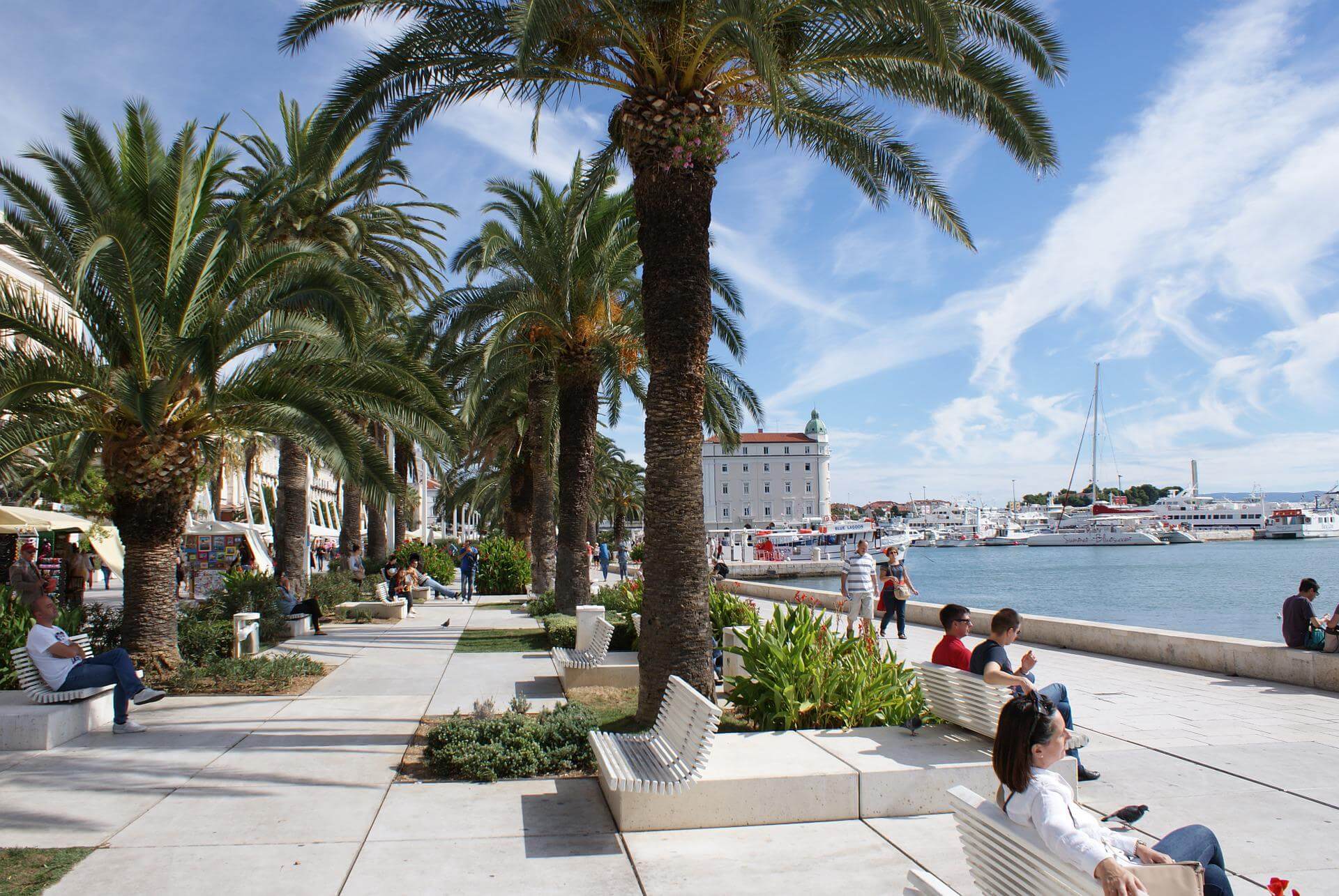
Split Riva ; source: Pixabay
10.00 a.m. – 13.00 a.m.
After eating a proper breakfast and drinking your morning coffee, I would recommend wandering around the city center and especially Diocletian's Palace. There you have many city attractions such as the Saint Duje bell tower, Split city museum, Diocletian's cellars, Split Ethnographic museum, Temple of Jupiter, and of course the main city square Peristil and neighboring Vestibul.
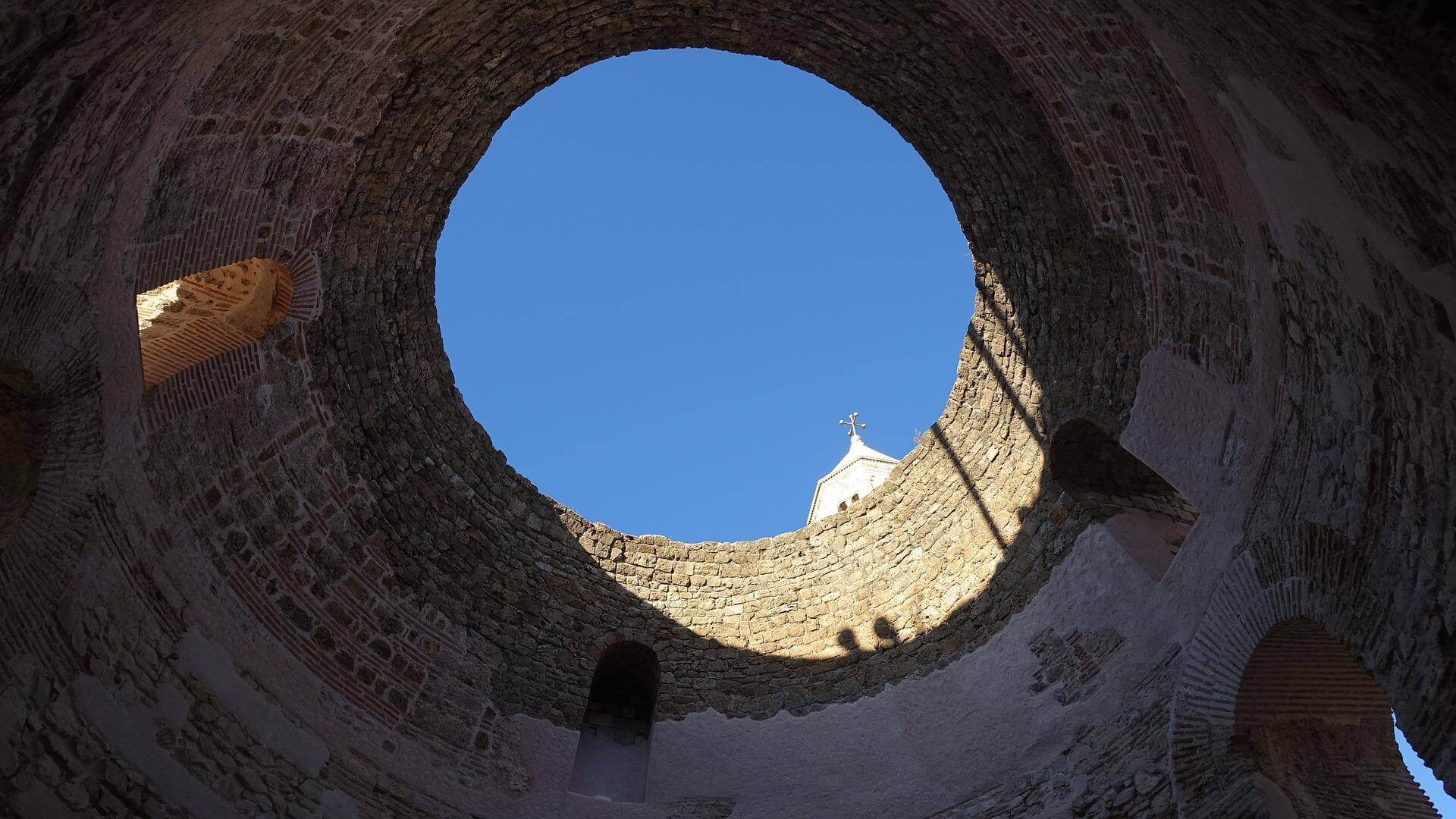
Vestibul ; source: Pixabay
Since it is not possible to visit all of the aforementioned city attractions, I will leave the choice up to you. Nevertheless, I would strongly recommend climbing up the St. Duje bell tower or at least the Vestibul (you can access it through the ethnographic museum) just to get a sense of the city and the surrounding islands.
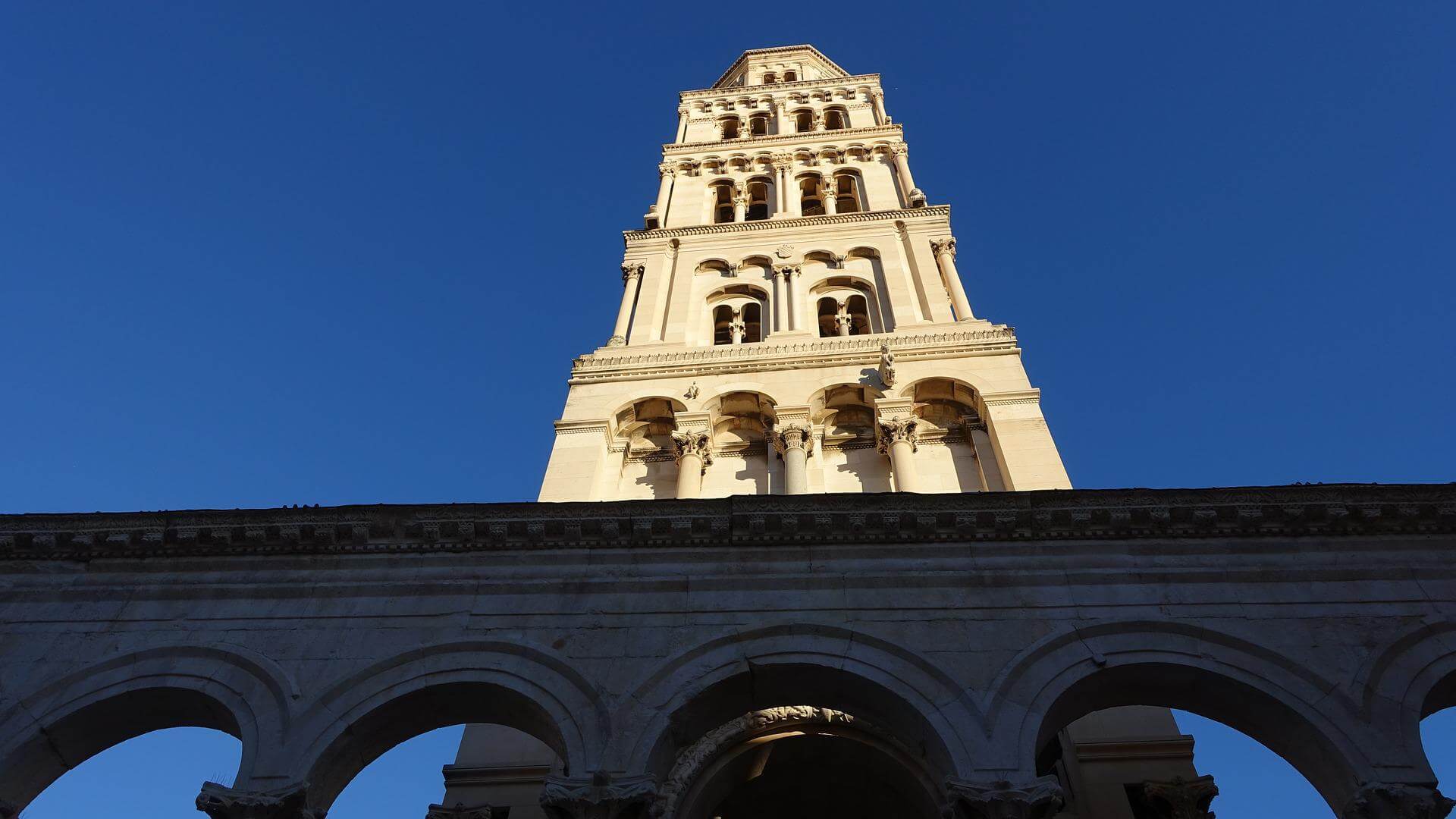
Saint Duje bell tower; source: Pixabay
10.00 a.m. – 13.00 p.m.
It is already lunchtime so it is time to try some of the well-praised local cuisine. There are numerous Dalmatian dishes that you should try, such as Dalmatian prosciutto and cheese, Pašticada, Gregada, Škampi na Buzaru, Peka (veal, octopus, or lamb), Fritule, Rožata, Soparnik, Viška pogača, Crni rižot (Squid Ink risotto) and many many more. Some of the well-praised local restaurants are the following: Konoba Varoš, Konoba Hvaranin, Šug, Zrno Soli, Adriatic, Uje, and Chops Grill, among many others. If you are traveling on a budget or you would just like to experience the street food of split, then check out this list.
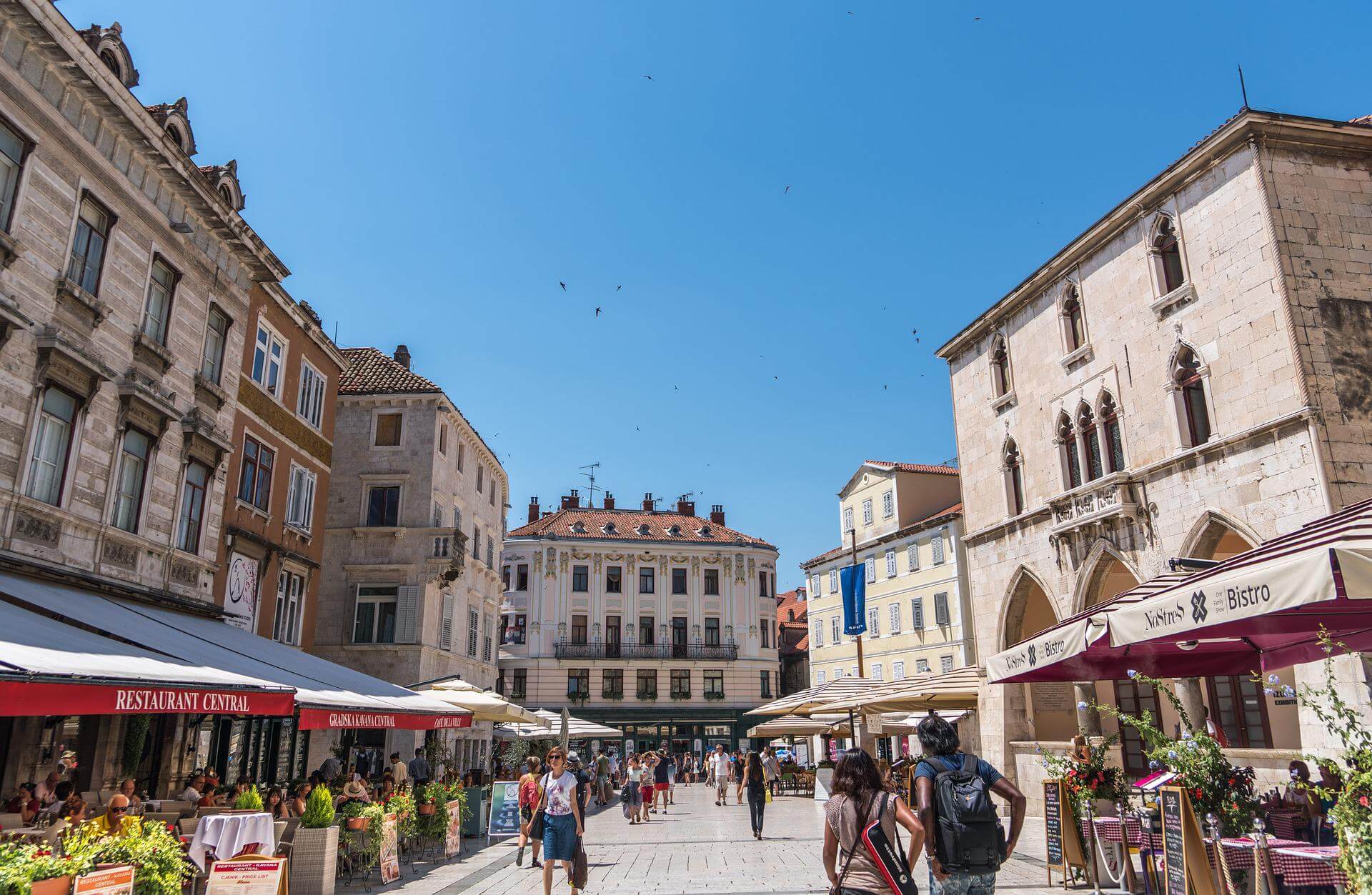
Pjaca; source: Pixabay
4.00 p.m. – 6.00 p.m.
After eating, it is a perfect time for an after-lunch stroll up the Marjan hill. You can access it through the Marjan stairs that lead you to Vidilica and from there to the St. Nicholas church. From there you can either continue further or if you are in the right mood you can climb up to the peak (takes around 30 minutes).

View from the Marjan Hill; source: Pixabay
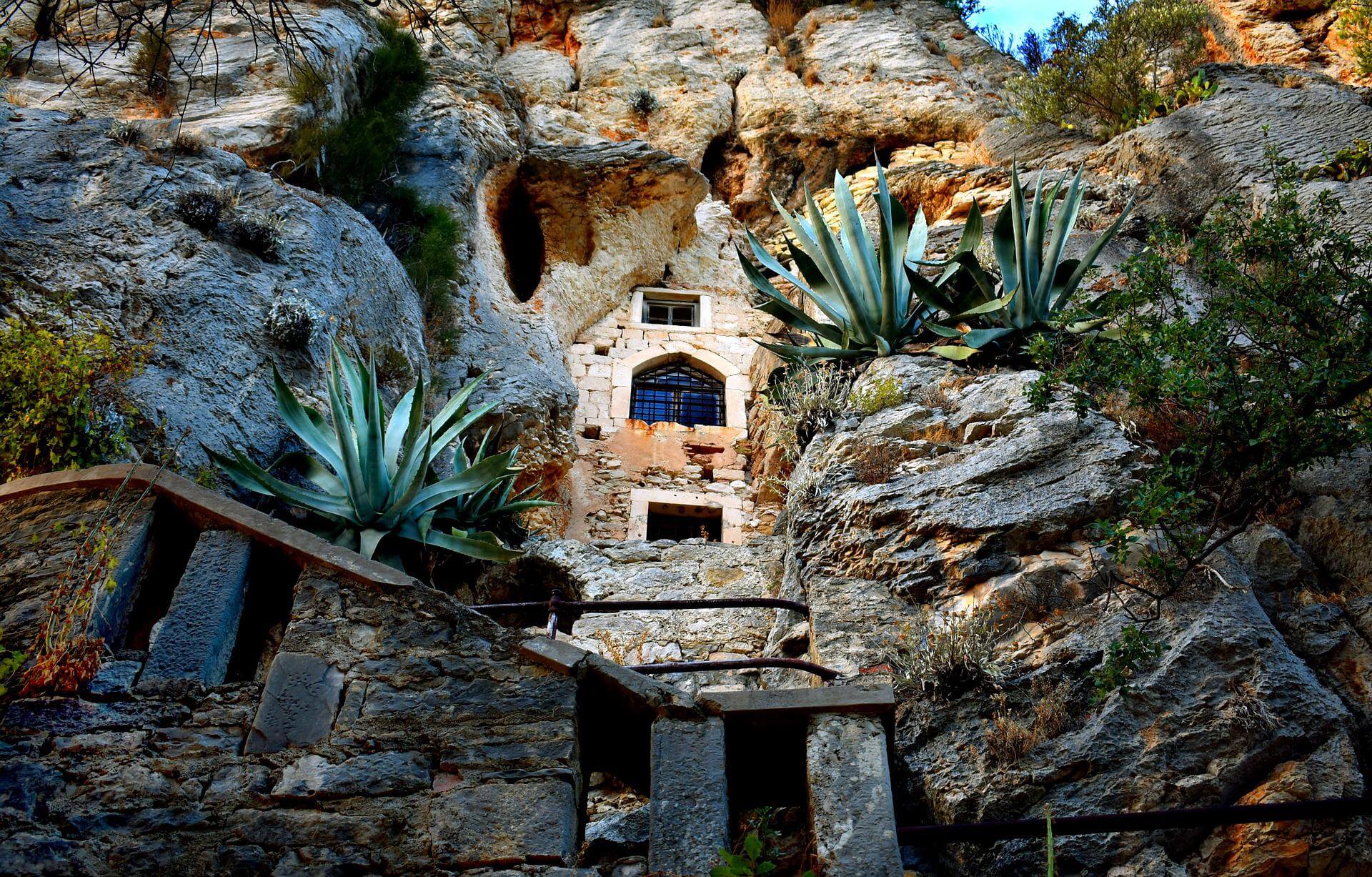
hermitage of St. Cirijaka on Marjan; source: Pixabay
Besides the already mentioned Split city museum and the ethnographic museum which are in the city center, there are three other museums I would strongly suggest visiting. The first one is located close to the Marjan hill and it is the Museum of archaeological monuments. The second one is the Split archaeological museum located near the magnificent Poljud city stadium (home ground of Hajduk Split). Lastly, the third one is the Croatian Maritime Museum, located in the Baroque fortress of Gripe which is also a great place to visit (a 10-minute walk from the city center).
If you are visiting Split in the summertime, you should check out the beaches around the Marjan hill since these are the least crowdy and nature there is simply stunning. If you are into sports, you should head down to Bačvice or Firule beach where you will find locals playing a local game of picigin.
6.00 p.m. – 9:00 p.m.
It is time to head back to the city center, on your way you can visit Sustipan and Zvončac which are two small parks. From there you can walk along the Zapadna Obala (West Coast) towards the center. It is again time to experience local dishes preferably seafood accompanied by world praised Dalmatian wines. Split thrives in the evening and you can feel its energy on every corner, especially in the summer.
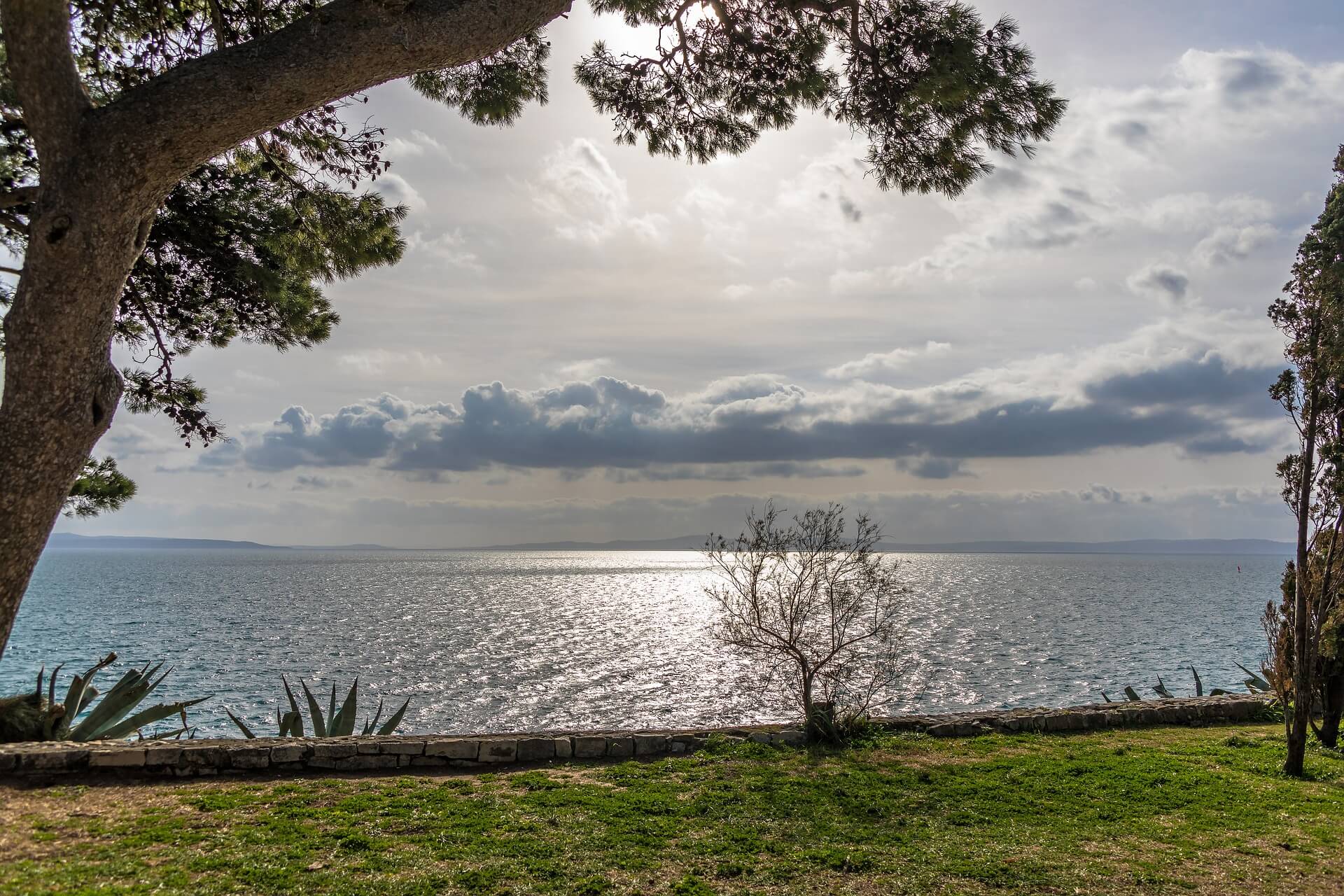
View from the Sustipan peninsula; source: Pixabay
There is always something happening in the city, bars such as Basket, Adriatic Social Club, Ghetto, Flag Pub, and Charlie's are known for live performances and good music. On the other hand, there is Hrvatski Dom which offers a wide variety of classical music events. Split has a deep connection with music, and if you don't know who Dino Dvornik or Oliver Dragojević are then please find out as quickly as possible. Needless to say that it is not a coincidence that Split is home to many music festivals such as Ultra Europe, Split Summer Festival, Split Festival, Split Blues Festival, Fibra Festival, Ego Free Festival, and Xstatic. There are also two important film festivals taking place in Split, Mediterranean Film Festival (June) and Split Film Festival (September).
9.00 p.m. – onwards
If you are still looking for action, then I suggest either staying in the city center where you can visit numerous bars and pubs and even end up in a club such as Kuka, Central or 305 AD. If you want to extend the nightlife even further and you don't mind getting out of the center then you have two unique possibilities either going to the "Barbarinac Island of love" known in the slang as Barbados or hopping off to some boat party. These two venues happen only through summer and usually over the weekend.
That would be all for Split in 24 hours, to be honest, you should multiply these hours by at least 5 since this is undoubtedly one of the pearls on the Adriatic coast as well as in the Mediterranean.
If you want to find out more about Split, check out our dedicated section Split in a page 2022.
For more on travel in Croatia, follow TCN's dedicated page.
Signs with COVID-19 Instructions Spotted at Split Beaches
June 17, 2020 - The Croatian Institute of Public Health recently published recommendations for swimming in the sea and inland surface waters this summer. Split beaches are getting prepared.
Thus, when swimming, it is recommended to keep a distance of 1.5 meters, and on the beaches, it is necessary to place information on hygienic procedures, proper behavior and protection measures.
For sea bathing areas, the maximum number of persons allowed to stay at the same time is determined according to the principle of 15 persons per 100 m2 of net area.
In accordance with the recommendations, Dalmacija Danas reports that a board has been set up in Žnjan, Split, showing instructions for a safe stay on public beaches.
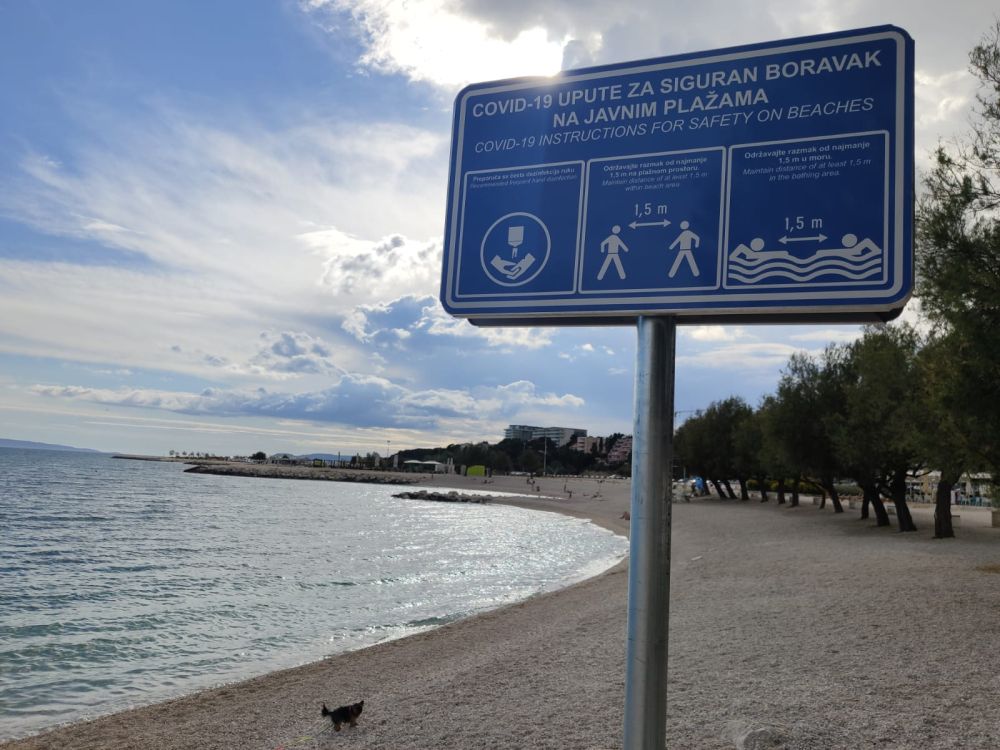
Goran Les
The Croatian Institute of Public Health recently published recommendations for swimming in the sea and inland surface waters. These recommendations relate to the implementation of measures applicable to bathing in the sea and inland surface waters during the coronavirus epidemic to protect staff and visitors.
In a visible place at the entrance, as well as in the area where visitors stay, it is necessary to place information on hygienic procedures and with guidelines on proper behavior and protection measures to be followed or valid in that area.
If the appropriate infrastructure is available, it is possible to sound voice messages from time to time to remind visitors of the need to maintain physical space and other general measures.
For sea and freshwater bathing areas, the maximum number of persons allowed to stay at the same time is determined according to the principle of 15 persons per 100 m2 of net area.
All visitors and employees are advised to adhere to the rules of physical distance of 1.5 meters.
Recommendations for compliance with all preventive measures apply to all areas of sea and freshwater bathing areas (water surfaces, beaches and areas where locker rooms, toilets are located).
Dispensers with a disinfectant must be installed at reasonable intervals and in visible places (e.g. based on alcohol in a concentration of not less than 70 percent or another agent with declared virucidal action according to the manufacturer's instructions and suitable for use on the skin).
The concessionaire should separate the deckchairs in such a way as to ensure physical distance (provide a person who can supervise the prescribed measures) and disinfect the deckchairs several times a day, always after a certain guest no longer uses the deckchair and before another guest uses it. If the bathing areas provide for other seats, they should also be arranged at a distance of 1.5 m.
It is recommended to place waste bins with appropriate lids in all open swimming areas, as well as at reasonable intervals in open spaces.
When staying in the water, maintain a physical distance of 1.5 m.
It is necessary to intensify the cleaning and disinfection of sanitary facilities every two hours (and more often if necessary), as well as to increase the number of employees for daily cleaning in each sanitary facility. At the same time, the use of sanitary facilities should be limited in accordance with the size and prescribed sanitary conditions.
Food and beverage service areas and shopping facilities at sea and freshwater beaches
Instructions for catering facilities are available on the CNIPH website.
Regular monitoring of water for recreation: Monitoring is carried out by employees of the competent Institute of Public Health, i.e., authorized laboratories in accordance with the Plan and program for monitoring sea beaches and land bathing areas.
Laboratory staff conducting water sampling and analysis should adhere to the usual protection and safety measures when performing sampling and analysis, respecting the rules of the profession, general protection measures and general recommendations on maintaining physical distance and personal hygiene.
To read more about lifestyle in Croatia, follow TCN's dedicated page.
PHOTOS: Split Sea Looking Clearer than Ever
May 29, 2020 - Croatia fully opened its borders to Czechia, Slovakia, Hungary, Austria, Estonia, Latvia, Lithuania, Poland, Slovenia, and Germany - though tourists from these countries haven't made it to the beaches in Split just yet.
Dalmacija Danas writes that we are at the very end of May and only a few days separate us from the first month of the 'climatological summer'. Under normal circumstances, during this part of the year, beaches across the Adriatic would already be abounding in swimmers, and a good part of them would be foreign tourists. However, this year, in the corona era, our beaches are looking quite the opposite.
Why there are no tourists on the beaches is well known, but why there are no local bathers, or at least not many of them, has nothing to do with the corona crisis.
Namely, unlike in the previous few years when the sea in May would reach 20+ degrees, this year, the spring warming of the sea is extremely slow.
The surface layer of the sea has even cooled down a bit in the previous days, so now its temperatures are mostly from 17 to 18° C, which is not enough for a comfortable swim - especially when we are talking about Split locals. The bura also contributed to the cooling of the sea, and the day before yesterday, only 14° C was measured in the sea near Šibenik in one term!
Fewer people on the beaches, fewer swimmers, less sea traffic - and what is the result? A sparkling Split sea.
You can check out the scenes from Firule in Split, thanks to photographer Marin Lukas.
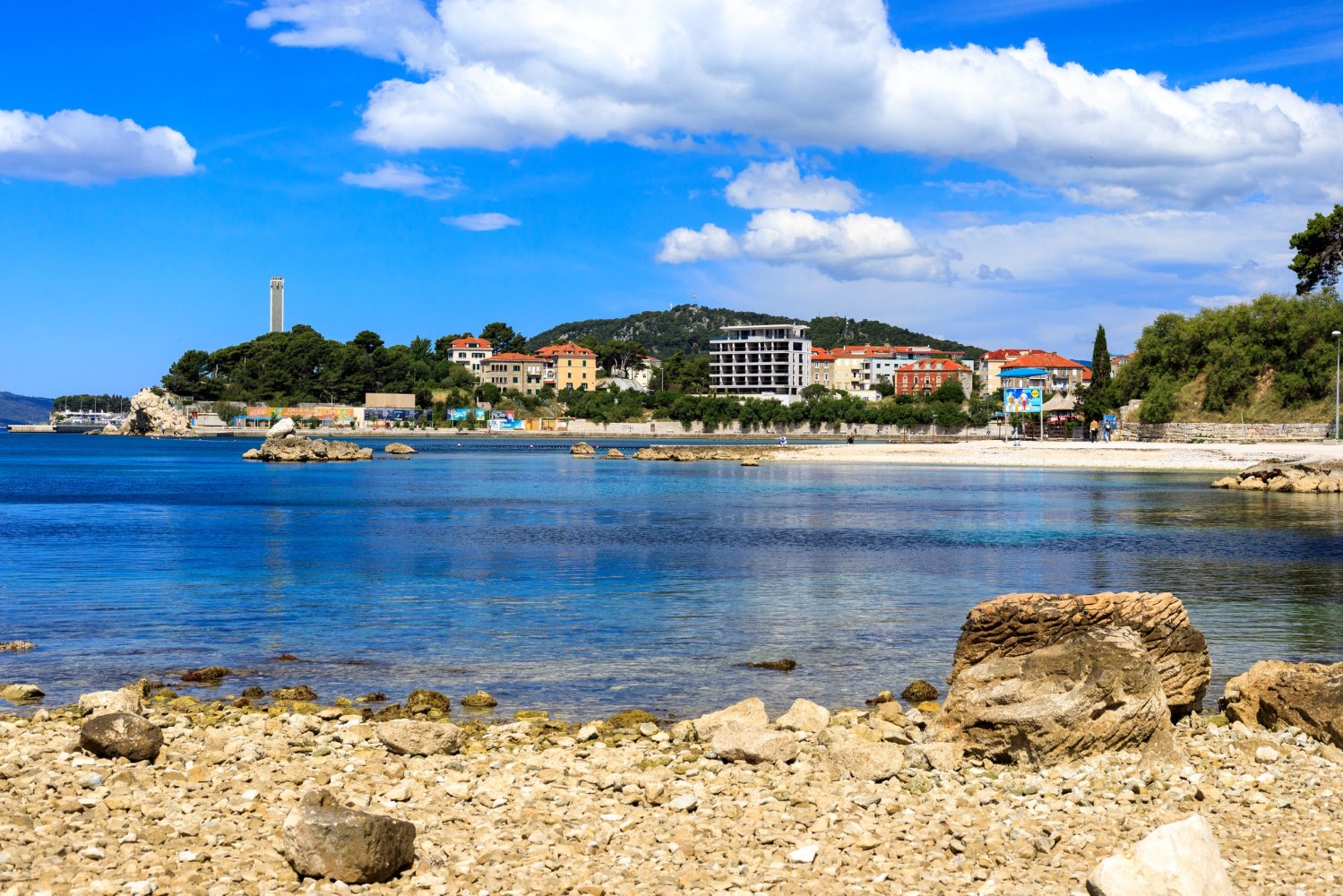
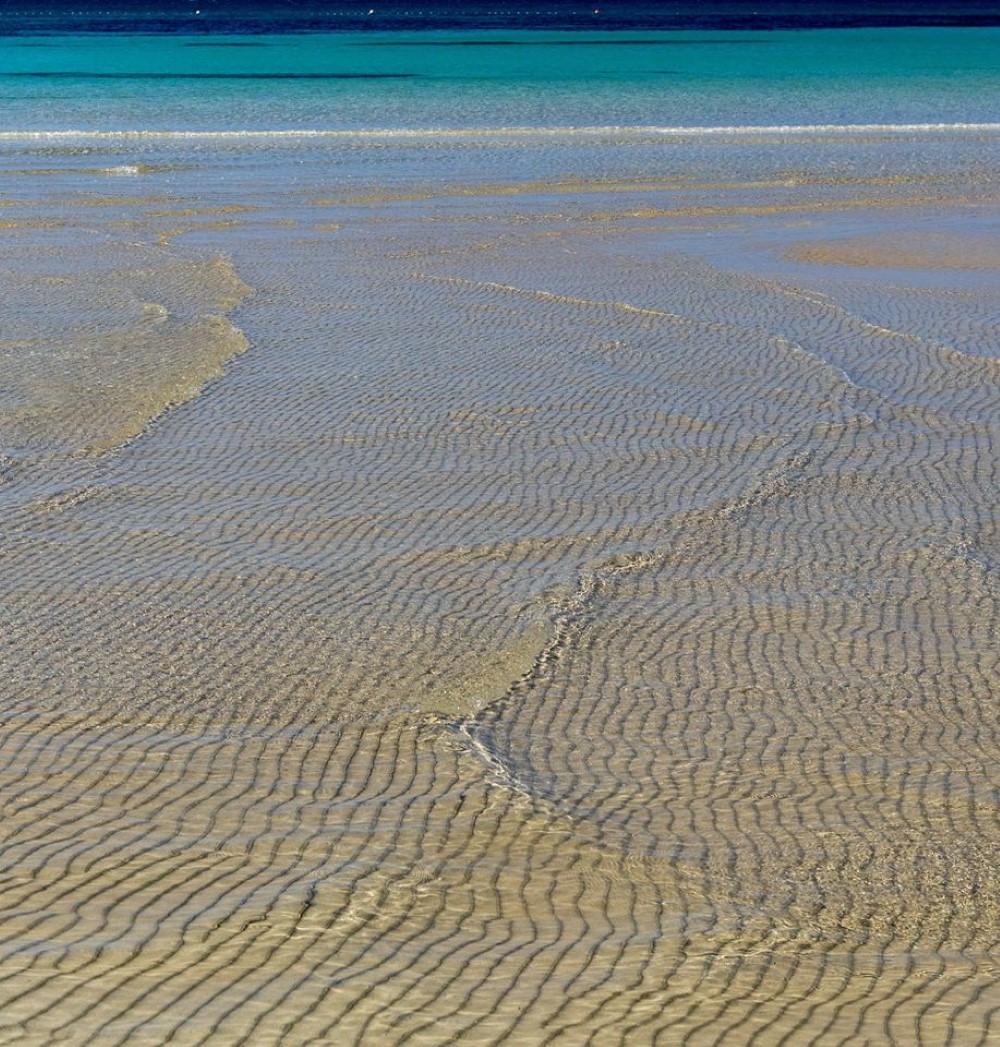
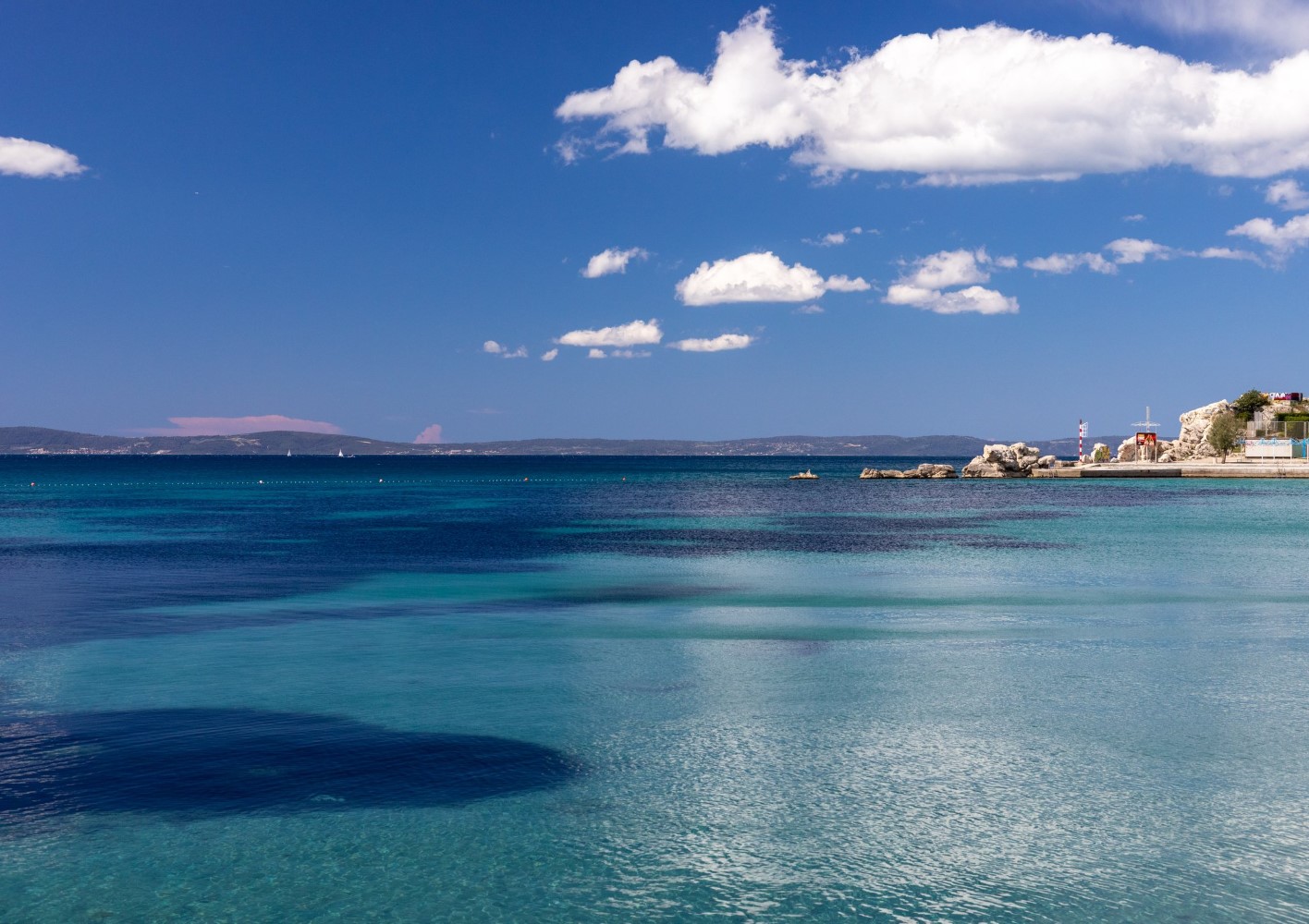
All photos by Marin Lukas
There is no better time to visit Croatia.
For the latest travel info, bookmark our main travel info article, which is updated daily.
Join the Total Croatia Travel INFO Viber community.
To read more about lifestyle in Croatia, follow TCN's dedicated page.
VIDEO: A History of Split's Favorite Beaches by City Museum
April 4, 2020 - The Split City Museum is walking us down memory lane in an effort to making our days at home a bit easier. A look at the once-famous beaches in Split, in black and white.
With summer just a few months away and sunny weather teasing us this weekend, the Split City Museum has teamed up with Professor Goran Borcic, a longtime Museum Advisor, to prepare a photo chronology of the city's old bathing areas in several sequences.
The first episode presents the chronology of the first beaches in Split; the one opened in 1860 in the Split city port in front of the present Port Authority building and the "Bagno Polo" bathing area that opened in 1875.
The photo chronology continued with Baluni Bay and Zvončac. After the First World War, Baluni Bay became a meeting place for young people, and it was built in 1954 by Zvončac.
We then walk to Marjan. Beginning at Ježinac, we continue to Meje where, in 1910, Frane Schiller built a luxury villa with a swimming pool, which at that time was the best-equipped villa in Dalmatia. Villa Dalmacija. The video takes us through Kašjuni Bay and the swimming area at Bene, and ends in Spinut.
The series then takes us to the northern part of the city. At the beginning of the 20th century, the cove at Poljud was the favorite bathing place for citizens. At Poljud, there was medicinal antirheumatic mud that had been used by swimmers for decades. Lora and Supaval coves were also the city's favorite beaches.
As of April 2, the Split City Museum had only reached the fourth video in the series, which will count 12 once all is said and done. Be sure to follow along on the museum's Facebook page or Dalmatinski Portal.
To read more about lifestyle in Croatia, follow TCN's dedicated page.
VIDEO: Split Beaches Ready for Summer? Yes and No
Summer is right around the corner, and one of the most beautiful beaches in Split, Kaštelet, which is better known as Obojena, will shamefully welcome the new season. The Split Obala firm, as far as their workload is concerned, did only what was needed to upgrade the beach before the season, and did not even bother to fix the broken stone shower which was set up last year, reports Dalmatinski Portal on June 4, 2019.
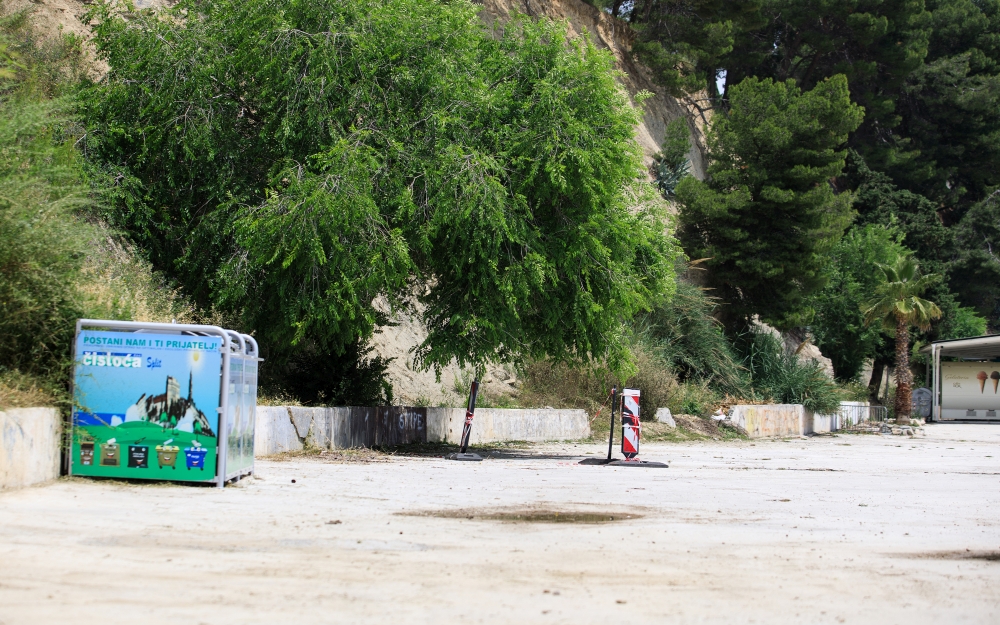
Milan Šabić
The entrance to the sea is disastrous - it is bare, with sunken in puddles, broken walls, and graffiti.
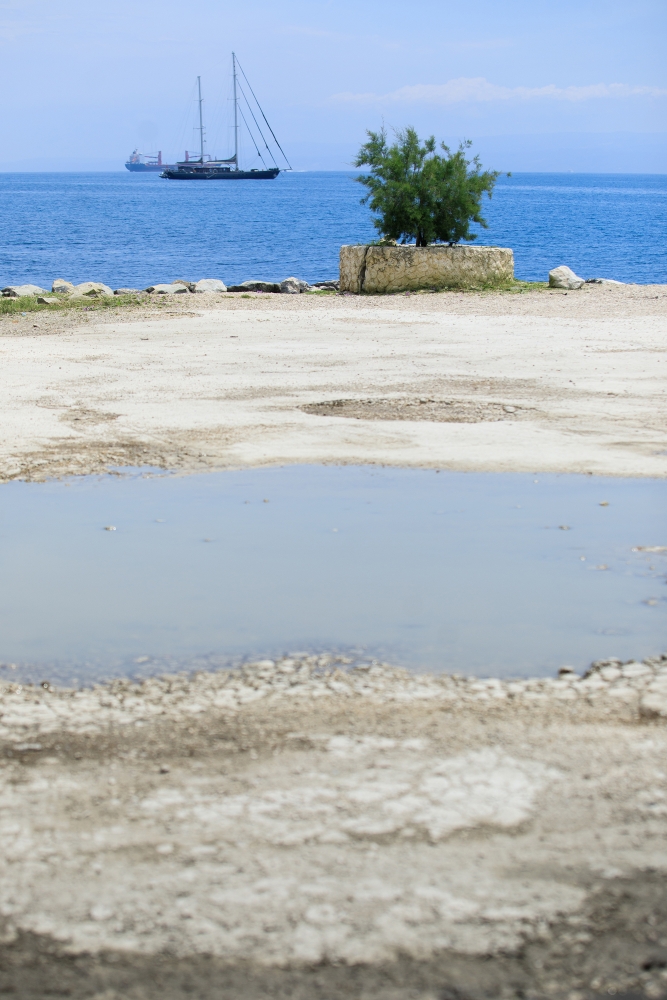
Milan Šabić
Obojena was one of Split’s most popular beaches, and thanks to Dragan Jurišić Jenki, the concessionaire at that time, the soul of the beach was not sold to lounge chairs, allowing it to remain mostly untouched. However, after the demolition of the illegally constructed buildings last year, Obojena now looks a bit desperate. Apart from asphalting the access road, the beach saw few cosmetic upgrades.
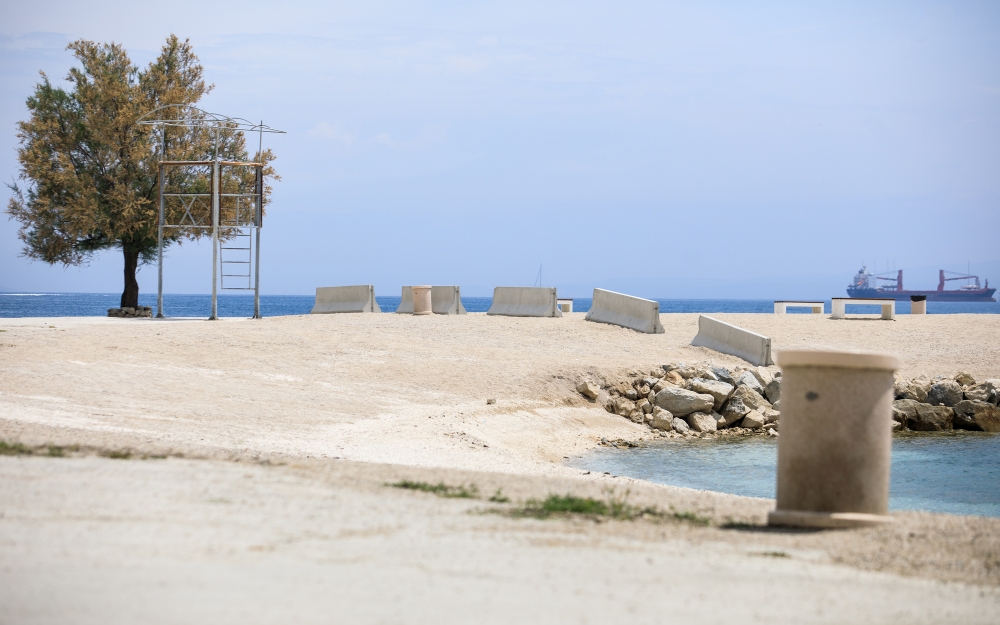
Milan Šabić
There are no concession permits in the Maritime Management Plan, although the city, under the euphoric impression of Žnjan's design, announced identical modules in Kaštelet.
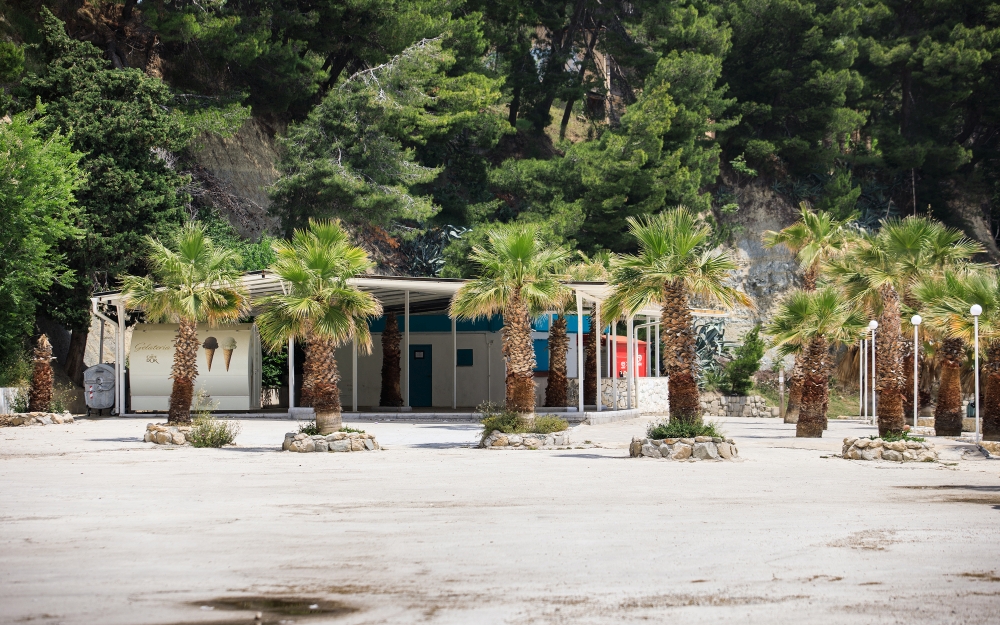
Milan Šabić
However, it seems that Obojena has been forgotten.
Just down the road at Kašjuni, we might add, preparations are in full swing for swimmers. Namely, the entrance to the sea has been fixed up with the help of excavators, and sand has been brought in to level the ground around both catering facilities.
The lounge chairs and canopies are ready to go.
Recall, in Žnjan, works have been ongoing to prepare the beach since March. Last year, eight catering units, each made up of two modules (12 × 12 meters) plus storage space and 300 to 400 square meters of terrace, was implemented last year. The popular Split beach opened their doors to caterers after all illegal facilities were removed in the fall of 2017. Cafes are expected to have better traffic than last year, as they didn’t begin operations until the middle of the 2018 season.
According to the announcements, the final solution to Žnjan should be implemented in the summer of 2020.
To read more about travel in Croatia, follow TCN's dedicated page
Beach In Split, Croatia Needed Over 100 Divers For A Clean-Up
December 19, 2018 — The divers came to Split, Croatia — about 100 of them — armed with wetsuits, diving masks, and air tanks. They went under, and from the sea emerged tires, garbage dumpsters — even an old mine. Their work created a visual chronicle of humans’ impact on the sea.
The Association of Under Activities Rostrum invited divers from all around Croatia to its annual underwater litter-removal gathering, “Clean Christmas and Bright New Year 2018.” It hoped to clean up the seabed and highlight pollution.
The group of divers cleaned Žnjan Beach, one of the more popular beaches in Split. The Association chose the location after divers discovered its abundant aquatic garbage, according to Morski.hr.
The association couldn’t estimate the total amount of waste removed from the sea. There were tires of all shapes and sizes (over 250), containers, tables, chairs, waste bins, ceramic tiles, plastic cans, aluminum cans, shoes, swimming gear, and even the skeleton of a boat. As if the waste itself was not enough, divers also found an old mine.
Žnjan Beach, located below Split, Croatia’s hospital, was a deceptive site. It appeared bucolic above water. Then the Association released a Facebook album showing mounds of litter beneath the surface.
About 100 divers from all around Croatia and even abroad responded. Volunteers on land helped extract the garbage from the waters.
Tire by tire, bag by bag, shortly after the start of the dive, the bottom began to resemble itself again. The association turned the rubbish into a seaside “Christmas tree”; an eyesore designed to put the problem into stark relief.
The association described it as, “A warning on how negligent behavior towards the environment is kept long under the sea, even during Christmas time when we are not thinking about swimming.”
You can find more stories about eco-friendly activities in Croatia on our Lifestyle page.
From Beached BMWs to Horses? Split Summer Off to a Good Start
The Split summer season is off to a weird and wacky start.
Sea Temperature Reaches 21 Degrees Celsius, Bačvice Full of Swimmers (Video)
Locals and tourist are enjoying the warmer than ever April weather.
Spotted: Dolphins Enjoy a Swim at Firule Bay (Video)
Because everyone loves a good dolphin story.
Bura Beach Day in Split: Where Sea is Warmer than Air
A beautiful day for some bura at the beach.


